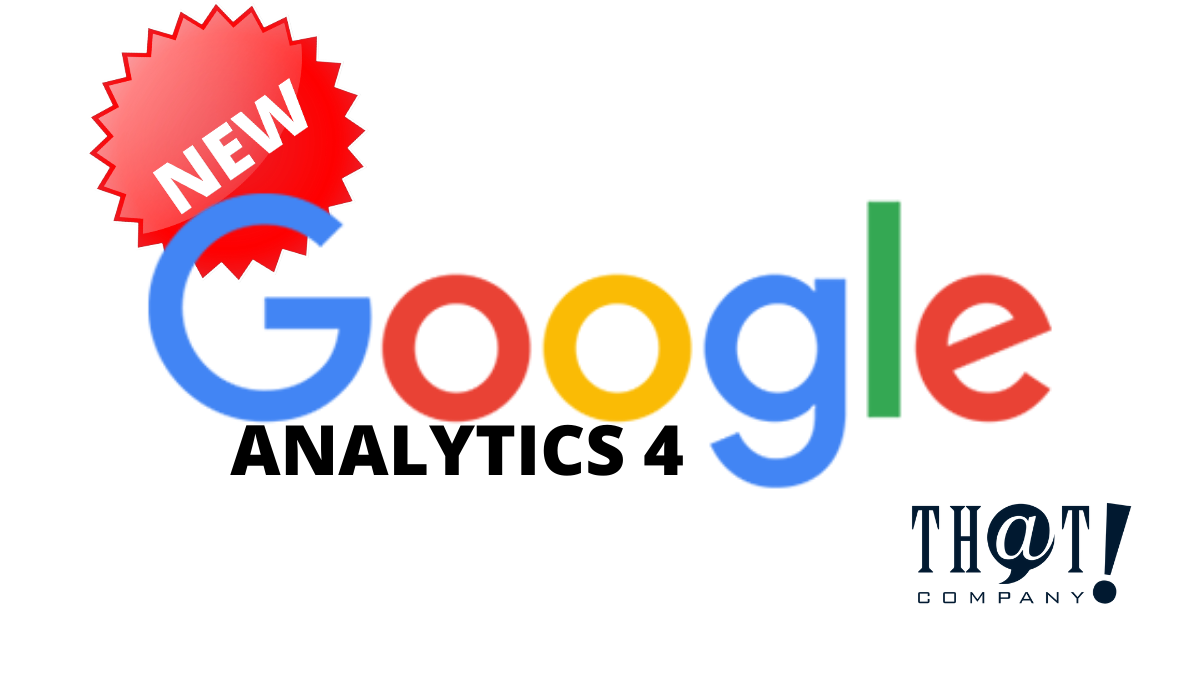
I’m going to introduce you to a new generation in Google Analytics. And yes, this could be considered the first post of two. Google Analytics 4, aka GA4, is the latest experience in Google Analytics. It’s was briefly known as “App + Web properties” since it goes in Beta in 2019 and officially public as GA4 in 2020.
The name was changed to reflect that this property type is for all businesses, not just those with both an app and a website. Whether you’re just starting to use Analytics or you’ve measured with it for years, this infrastructure can unlock valuable insights for your website, your app, or both!
GA4 Purpose
Before, there were only two kinds of properties: Universal Analytics for measuring websites and Google Analytics for Firebase for measuring mobile app activity. But now, Google Analytics 4 property can collect both types of data. The GA4 property was designed for all Analytics users: those who only have a website, those who only have an app, and those who have both and want to combine all their data in one place.
GA4 is designed to scale with your business and measure across devices and platforms. This allows your measurement strategy to adapt to a continually changing digital environment. Enhanced by machine learning, Analytics also provides predictions to help improve your digital marketing efforts.
How is The Experience in GA4?
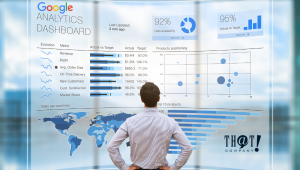 GA4 Analytics experience is built to handle your various data streams. GA4 experience can seamlessly and intelligently combine all your data streams to report key insights unique to your business. GA4 experience can de-duplicate users across data from different devices. This means the GA4 can measure a single user journey across devices based on the best available user identifiers.
GA4 Analytics experience is built to handle your various data streams. GA4 experience can seamlessly and intelligently combine all your data streams to report key insights unique to your business. GA4 experience can de-duplicate users across data from different devices. This means the GA4 can measure a single user journey across devices based on the best available user identifiers.
Using Google’s signed-in data, you can bring your identifiers for signed-in users, or seamlessly use both, and Analytics will always choose the best available option for each situation. You can even go beyond pre-defined reports with the Analysis tool, which gives you new and more flexible ways to examine your data. GA4 experience can add value to your business if you only have a website or only have an app. But if you have both, it can give you insight into cross-platform journeys. This experience allows you to measure apps and websites together across all reports for the first time in Analytics.
[bctt tweet=”Whether you’re just starting to use Analytics or you’ve measured with it for years, this (GA4) infrastructure can unlock valuable insights for your website, your app, or both” username=”ThatCompanycom”]How GA4 Works?
GA4 is an event-based data collection that allows Analytics to be more flexible and scalable, and to perform more custom calculations, faster. Multiple identity spaces can be used to get a better insight into user journeys and de-duplicate users.
Custom funnels, path analysis, and exploration can help you uncover insights and interpret your data. You can create new audiences, and you have more options when defining and segmenting your audiences.
What Are the Benefits?
- Scales with your business -> It can measure, unify, and de-duplicate all the interactions people have with your company across devices and platforms, giving you a complete, relevant, and timely understanding of the customer journey.
- Adapts to a changing environment -> It offers reliable, durable measurement that enables business outcomes for the long-term while meeting user expectations for privacy.
- Reveals intelligent business insights -> It automates and facilitates insight discovery with the power of Google’s machine learning, making it frictionless to get the most value from your data.
- Helps you achieve your marketing goals -> It allows you to more effectively take action on your data and insights to achieve measurable marketing outcomes.
How GA4 Compares To UA?
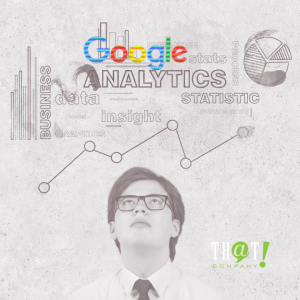 GA4 property interface might look similar to Universal Analytics (UA) properties at first glance. In GA4, both the Reporting and the Analysis tool use machine learning to make your data more meaningful, accessible, and actionable.
GA4 property interface might look similar to Universal Analytics (UA) properties at first glance. In GA4, both the Reporting and the Analysis tool use machine learning to make your data more meaningful, accessible, and actionable.
In GA4, the ID of the property is called Measurement ID. Universal Analytics is called Tracking ID. The Measurement ID is used to identify web data streams you’ve added to your Google Analytics 4 property.
There is no “view” level section on GA4. Whereas traditional Universal Analytics famously has three levels (Account, Property, and View), GA4 only has Account and Property levels.
The following table shows the principal changes in features between Universal Analytics properties and Google Analytics 4 properties:
| Feature | Universal Analytics properties | Google Analytics 4 properties |
| Measurement | Session-based data model | Flexible event-based data model |
| Reporting | Limited cross-device and cross-platform reporting | Full cross-device and cross-platform reporting |
| Automation | Limited automation | Machine learning throughout to improve and simplify insight discovery |
How is the Data Process in GA4?
Rather than using a session-based model, which groups user interactions within a given time frame, it uses an event-based model, which processes each user interaction as a standalone event.
- The session-based model
- In Universal Analytics properties, data are grouped into sessions and these sessions are the foundation of all reporting.
- A session is a group of user interactions with your website within a given time frame, commonly 30 minutes.
- During a session, GA4 collects and stores user interactions, such as page views, events, and eCommerce transactions, like hits.
- A single session can contain multiple hits, depending on how a user interacts with your website.
- The event-based model
- In GA4 properties, you can still see session data, but Analytics collects and stores user interactions with your website or app as events.
- Events provide insight into what’s happening in your website or app, such as page views, button clicks, user actions, or system events.
- Events can collect and send pieces of information that more fully specify the user’s action or add further context to the event or user.
- This information could include things like the value of purchase, the title of the page a user visited, or the user’s geographic location.
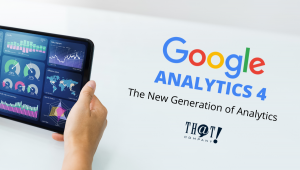 By moving to the event-based collection, Analytics is more flexible, scalable, and can perform more custom calculations, faster. If you have a website and an app, it’s essential to measure a diverse range of user interactions to understand better how people engage with your business across these platforms.
By moving to the event-based collection, Analytics is more flexible, scalable, and can perform more custom calculations, faster. If you have a website and an app, it’s essential to measure a diverse range of user interactions to understand better how people engage with your business across these platforms.
The event-based data model consistently measures these interactions across devices and platforms and provides you with even richer insights from your data.
Many fundamental interactions with your website or app are automatically collected as events in the latest Analytics property.
You can also enable the enhanced measurement feature, an option that lets you automatically collect more events without having to update your website’s code. Enhanced measurement allows you to measure many everyday web events like page views, scrolls, file downloads, and video views.
Others GA4 New Features
- Audience -> An audience is a set of users you define based on different attributes that are important to your business — for example, fans of sports and travel, people shopping for cars, or users who have already engaged with your company’s products or services.
With GA4 properties, it’s easy to create new audiences, and you have more options when defining and segmenting your audiences. If your business creates IDs for signed-in users, GA4 properties allow you to use this data when building audiences. You can now define your audiences based on IDs sent to Analytics to create audiences based on signed-in users.
- Analysis -> Interpret your data with greater freedom using the Analysis tool. Use a variety of techniques, like funnel analysis, path analysis, and exploration to uncover insights.
- BigQuery Export -> Export your Analytics data to BigQuery so you can securely store your data in the cloud, combine it with data from other sources, and run queries across all your data sets. Or move your data to any other system where you want to use it.
In Conclusion
With GA4 properties, it’s easy to create new audiences, and you have more options when defining and segmenting these audiences. GA4 properties collect and store user interactions with your business as events instead of sessions. This allows Analytics to be more flexible and scalable, and to perform more custom calculations, faster for those in the search engine optimization and pay per click industries and the typical user.

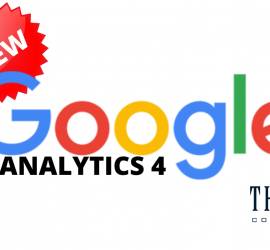

























 Talk With Us
Talk With Us  Give Some Love
Give Some Love 


